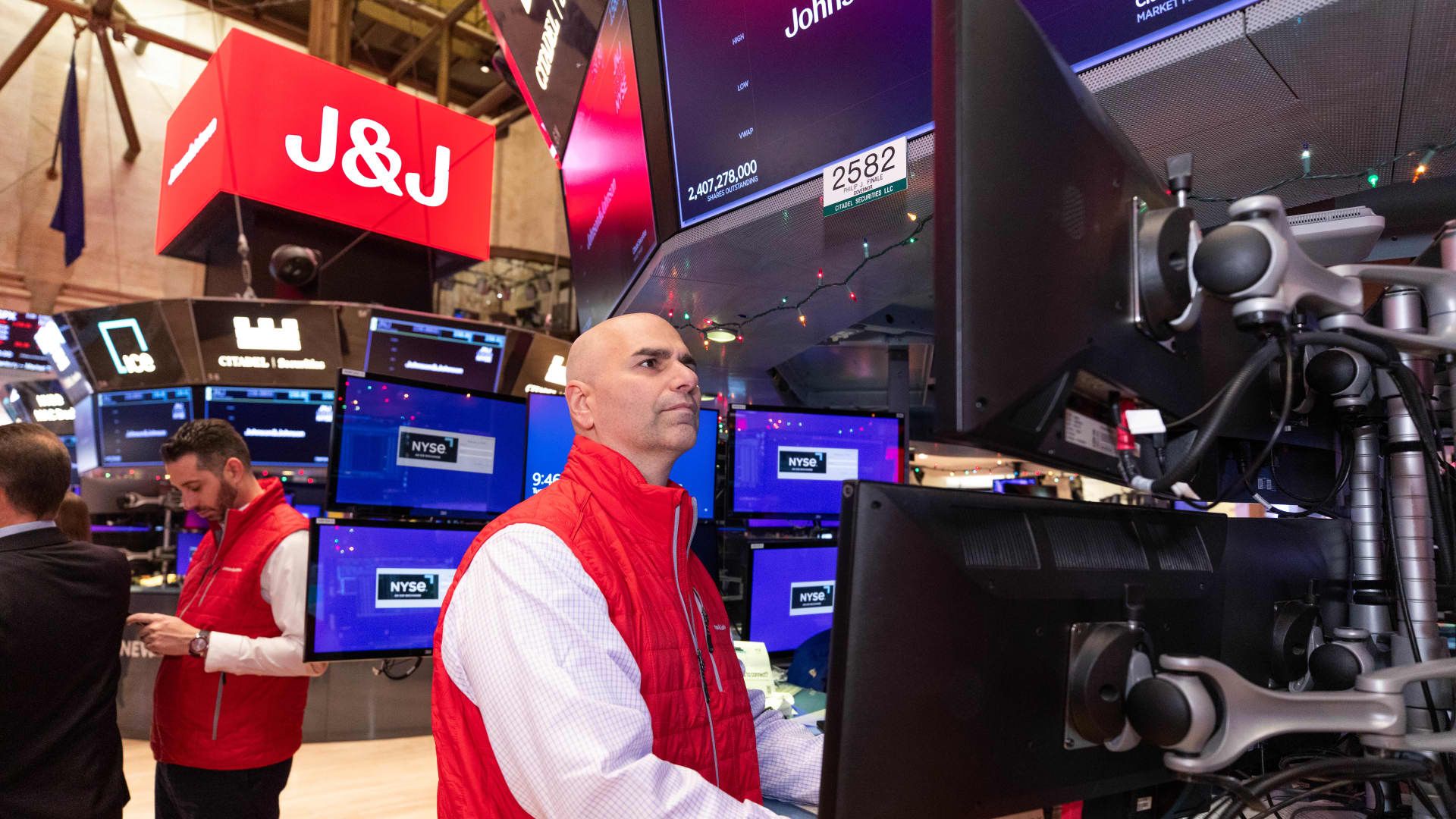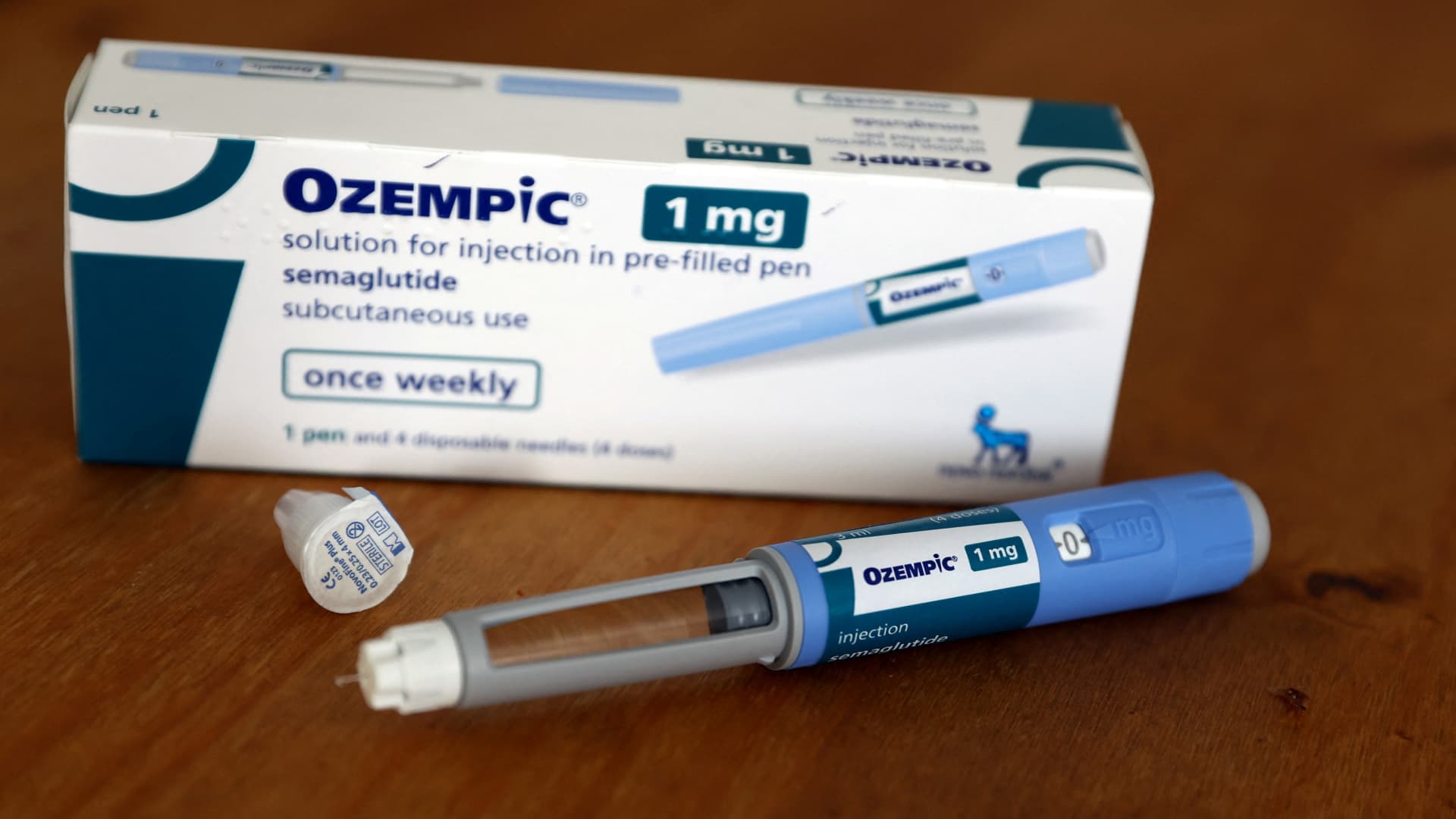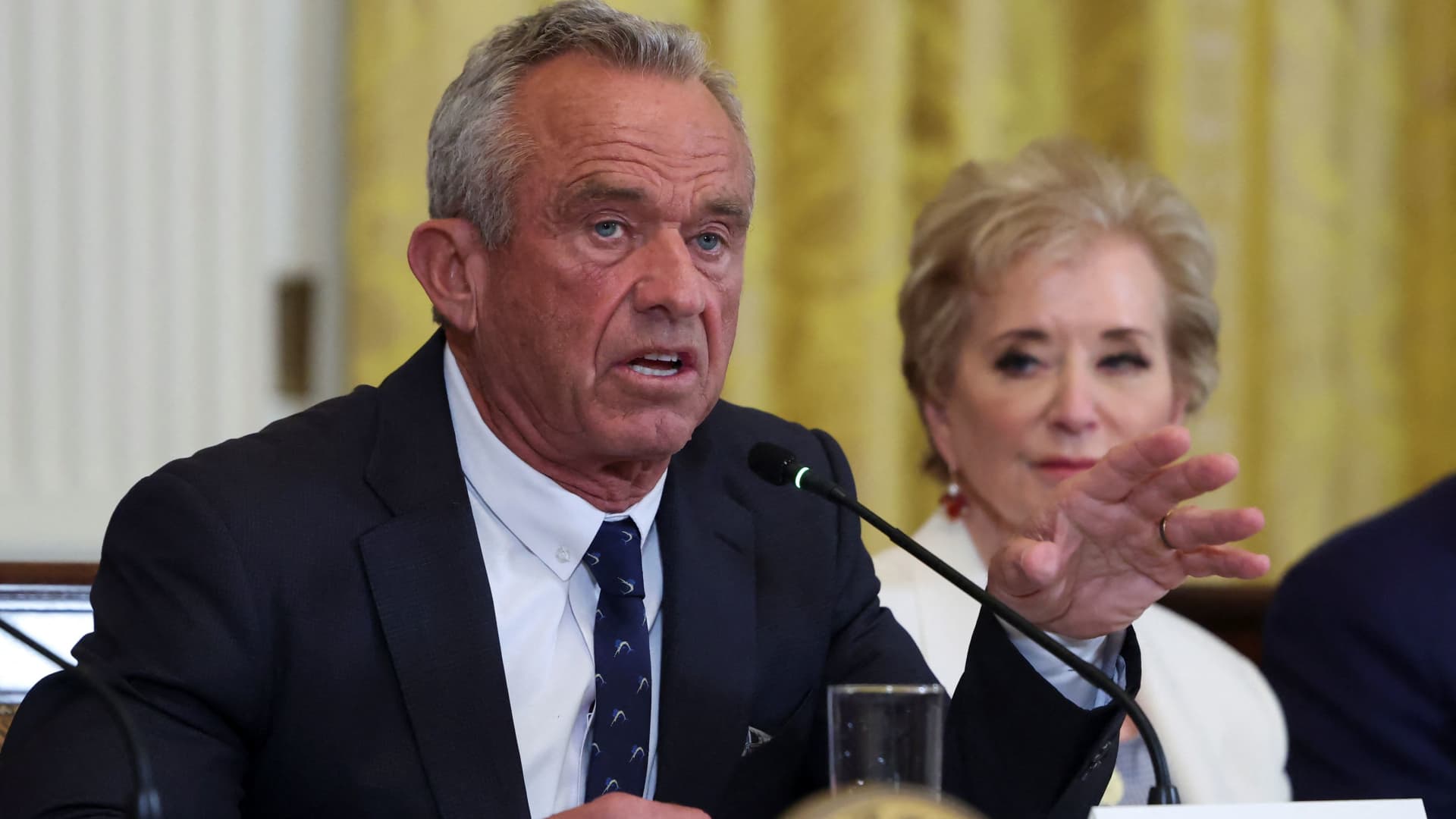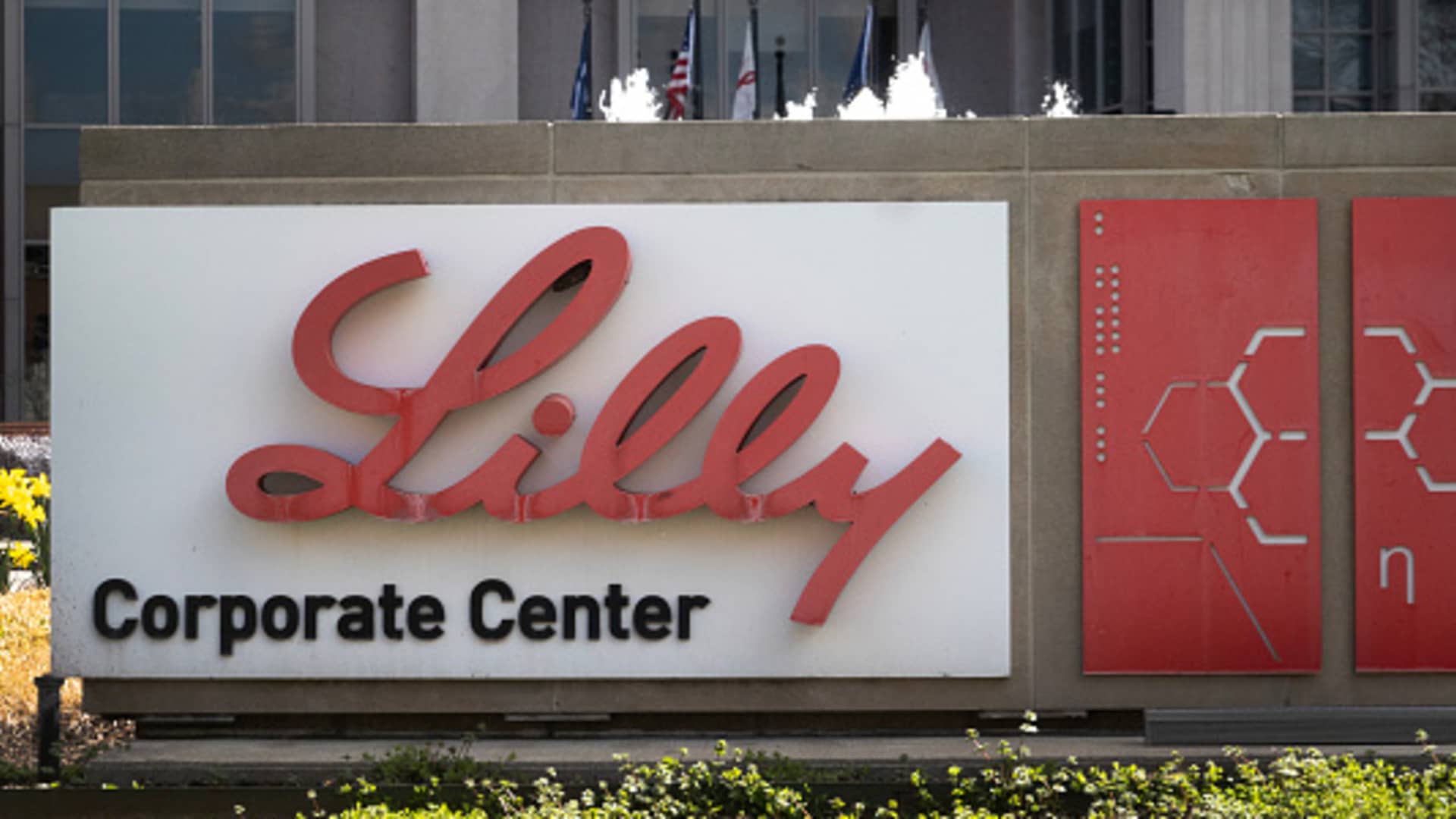The New York Stock Exchange welcomes Johnson & Johnson (NYSE: JNJ) on December 5, 2023.
New York Stock Exchange Group
A version of this article first appeared in CNBC's Healthy Returns newsletter, bringing the latest healthcare news directly to your inbox. Subscribe here to receive future editions.
I'm back in New York City after spending nearly a week in San Francisco for the annual JPMorgan Health Care Conference, America's largest gathering of biotech and pharma executives, investors and analysts (and healthcare journalists, of course).
The week included questions about the incoming Trump administration, updates on trade prospects and drug pipelines, increased security on the ground and, for the first time in recent memory, sunny weather in San Francisco.
The news kept coming all week, even after the conference ended mid-Thursday. The Biden administration on Friday announced the next 15 drugs included in Medicare pricing negotiations, including Nordiskthe successful diabetes drug Ozempic and its obesity counterpart Wegovy.
But after companies announced a handful of deals last week, I'll focus on some takeaways for M&A activity in the industry in 2025.
Mergers and acquisitions appear to be off to a good start this year. But the question is whether it will last.
Some of the agreements announced during the conference increased optimism, in particular Johnson & JohnsonThe proposed purchase of intracellular therapies worth $14.6 billion. That appears to be the largest transaction we've seen in the pharmaceutical industry since 2023. That deal came amid a wave of smaller deals from GSK, Eli Lilly and lesser-known radiopharmaceutical companies.
“That's five deals in a business day and a half,” Stifel analyst Tim Opler said in an email to clients last week. “This will be a very different year for M&A than 2024.”
The past year was marked by smaller, smarter deals in the pharmaceutical industry, according to EY's M&A Firepower report released last week. Big Pharma sought lower-price deals for products and companies in earlier development that could deliver better long-term results.
While this year started with more activity, the report flagged potential restrictions on M&A in 2025: Continued margin pressure on biopharmaceutical companies continues to “reduce appetite for big spend” and the company's most prized acquisition targets. industry continue to dominate. high premiums in the market, among other factors that could slow down transactions.
Traders work on the floor of the New York Stock Exchange beneath screens displaying the Pfizer company logo shortly after the opening bell in New York on March 11, 2016.
Luke Jackson | Reuters
This follows the example of some large pharmaceutical companies.
During a presentation at the conference after J&J announced its intracellular therapies deal, J&J CEO Joaquín Duato said that “for us, larger deals are more atypical.”
“Most of the value we create is through smaller deals and partnerships where we can use our scale,” Duato said, pointing to the 75 smaller deals J&J signed last year.
But the EY report says there are “strong structural reasons to expect a return to trading,” including the industry's $1.3 trillion trading “firepower,” which refers to the ability to finance transactions. and close deals.
Big pharmaceutical companies are also preparing for upcoming drug patent expirations that could wipe out $300 billion in revenue by 2028, putting more pressure on them to make up for losses with new products.
PfizerFor example, it faces a wave of patent losses in the coming years that could threaten $17 billion to $18 billion in annual sales, the company's CEO, Albert Bourla, said during a presentation at the conference. But Bourla said the company's series of deals in recent years, such as its acquisition of cancer drug developer Seagen, should help offset those losses.
The Trump administration could also offer “significant tailwinds” to the industry by cutting corporate taxes or changing FTC policy “as part of an overall deregulatory shift,” according to the EY report.
But we'll have to see how this all plays out later this year.
Feel free to send any tips, suggestions, story ideas, and facts to Annika at [email protected].
The Latest in Health Tech: Digital Health Fundraising Will Be Defined by 'David and Goliath Dynamics' by 2024, Report Says
Now that JPM has come to an end, the year 2025 is officially underway for the healthcare sector. But we can't dive into the year ahead without first taking a look at the digital health venture funding landscape in 2024.
Overall, it was a year of haves and have-nots.
Digital health startups in the US raised $10.1 billion across 497 deals last year, according to a new report from Rock Health. That total fell from $10.8 billion in 2023, and is roughly in line with the $8.2 billion raised before the pandemic in 2019 when adjusted for inflation. Mergers and acquisitions in digital health hit a decade-low level last year, as the segment recorded just 118 deals.
An increase in early-stage fundraising activity, along with smaller deals in the later stages, explain the lower investment in 2024, Rock Health said. This could spell trouble for later-stage startups that raised money at sky-high valuations during Covid, potentially pushing them into acquisitions or shutting down operations entirely in 2025.
Additionally, large mega funds, health systems and technology companies had a huge influence on digital health in 2024, Rock Health said. Venture firms Andreessen Horowitz and General Catalyst, which raised 20% of all committed US LP capital in 2024, were the sector's largest investors, for example.
And while artificial intelligence was still a hot investment area within digital health, it is becoming increasingly difficult for startups to beat established large companies. Rock Health said technology companies like Microsoft, which can afford to build and maintain expensive base models, have advanced AI for healthcare, as have organizations like Epic that can deploy applications of those models at enterprise scale.
There is still room for smaller AI startups to find a niche in healthcare, but Rock Health said they will have to “think carefully about their positioning.”
“These dual trends (early-stage startup activity amid big moves by big healthcare players) have created a David and Goliath dynamic in the healthcare innovation landscape,” Rock Health said.
If JPM was any indication, we're in for another interesting year in digital health. We'll see what 2025 has in store for us.
Read the full report here.
Please feel free to send any tips, suggestions, story ideas, or information to Ashley at [email protected].












